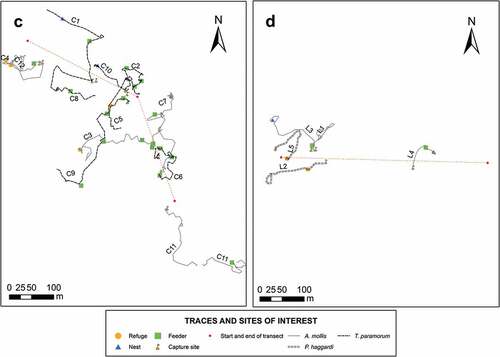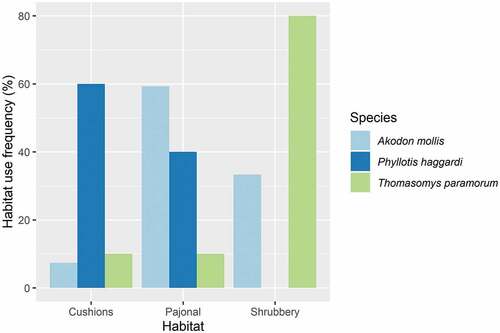Figures & data
Figure 1. Location of the four transects within the Área de Conservación Hídrica Antisana (ACHA), western slopes of the Antisana volcano, Napo Province, Ecuador.
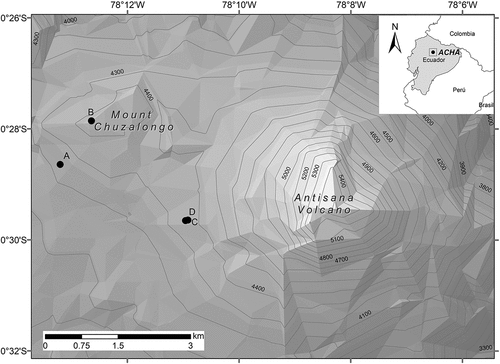
Table 1. Information about transects. A. Herbazal del páramo, B. Herbazal ultrahúmedo subnival del páramo, C. Arbustal siempreverde subnival del páramo. D. Herbazal del páramo.
Figure 2. Four sampling sites with different vegetation: A. Herbazal del páramo, B. Herbazal ultrahúmedo subnival del páramo, C. Arbustal siempreverde subnival del páramo. D. Herbazal del páramo.
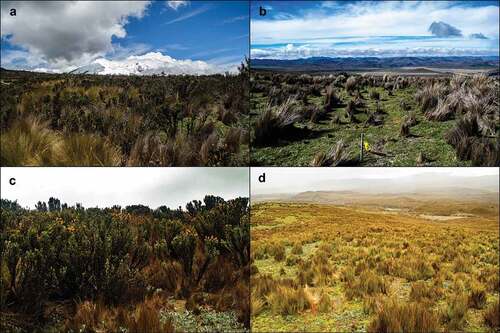
Figure 3. Vegetation composition between transects using the incidence of species and their percentage of coverage through a non-metric multidimensional scaling analysis (NMDS) (S = 0.11; P = 0.001).
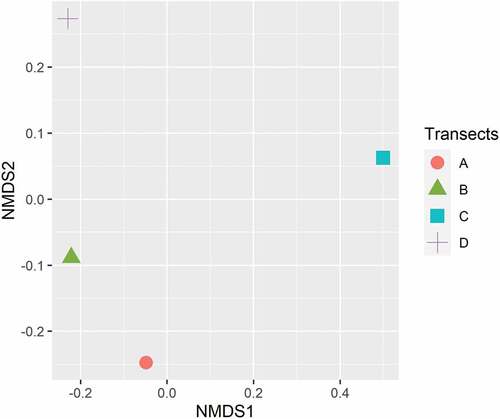
Table 2. Summary of data from rodent’s species.
Figure 4. Akodon mollis in Ecuadorean páramo. A. Nest under Azorella pedunculata. B. Internal content of nests, vegetation peat of bryophytes, bark, and vegetable fibers is observed. C. Shelter between tuft of Calamagrostis intermedia. D. Remains of melolontin beetles found in shelters during the trail. E. Remains of Chuquiraga jussieui found under shrubs. F. Feeder type under C. jussieui shrub.
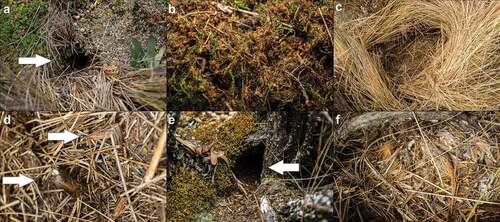
Figure 5. Sites of interes registered for Thomasomys paramorum in Ecuadorean páramo. A. Nest under Azorella pedunculata. B. Internal content of nests, peat of vegetation of bark, and vegetal fibers is observed. C. Unidentified rodent bone found in nest. D. Shelter among tuft of Calamagrostis intermedia feces are observed. E. Remains of melolontin beetles found in shelters during the trail. F. Feeder type under C. jussieui shrub. G. Flowers of C. jussieui gnawed from a live plant.
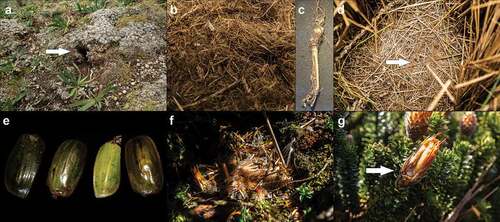
Figure 6. Sites of interest registered for Phyllotis haggard in Ecuadorean páramo. A. Nest under Plantago rigida. B. Entrance to nest in a cushion of P. rigida. C. Nest under Valeriana microphylla. D. Internal content of nests, peat of vegetation of bark, and vegetal fibers is observed. E. Shelter observed under tuft of Calamagrostis intermedia, the floor is covered with bryophytes and feces of Sylvilagus andinus.

Figure 7. Movement map of individuals in the four sampling sites. Lines of different colors represent the movements of each cricetid rodent. Nests, feeders, and shelters are represented in figures. There is no observable movement pattern. The figure shows sampling sites A and B. The detailed information on the individuals is found in Appendix C.

Figure 8. Movement map of individuals in the four sampling sites. Lines of different colors represent the movements of each cricetid rodent. Nests, feeders, and shelters are represented in figures. There is no observable movement pattern. The figure shows sampling sites C and D. The detailed information on the individuals is found in Appendix C.
